1120 Tax Form: The Different Variations And How To File
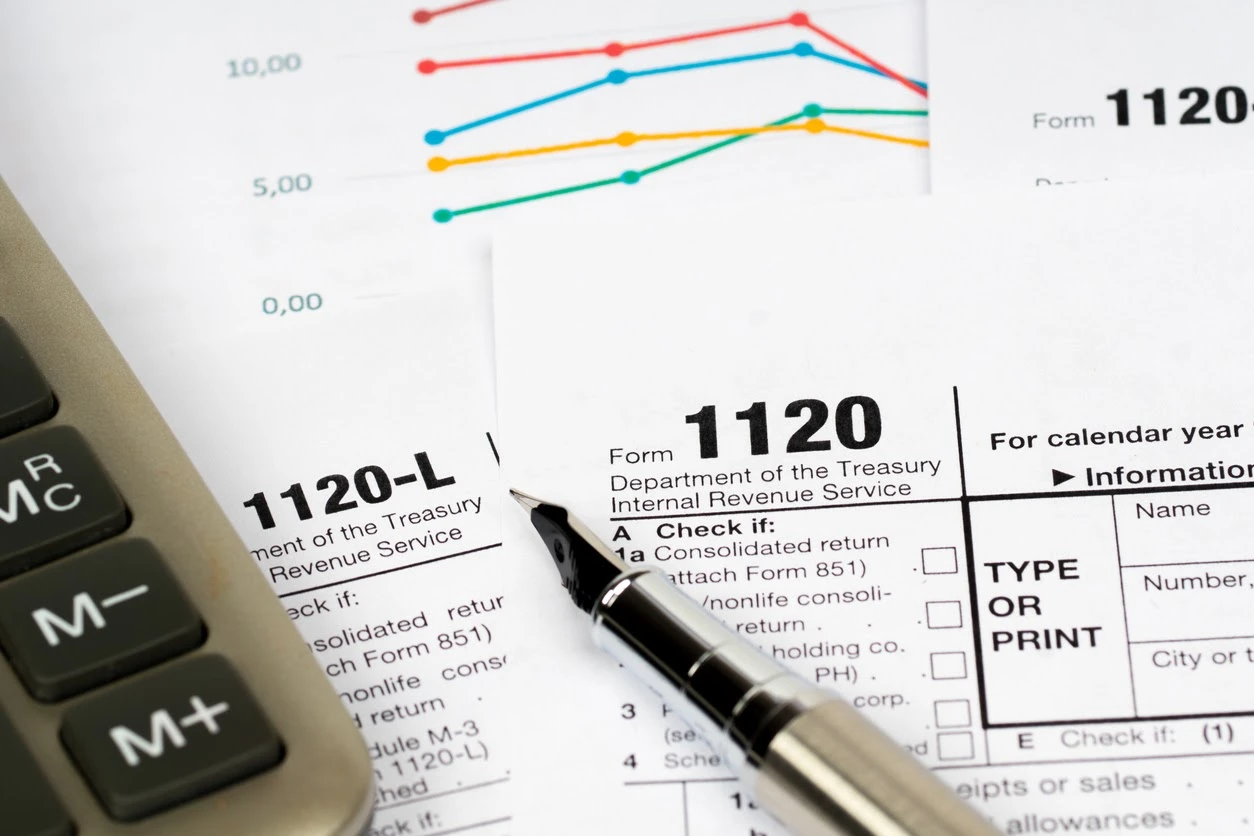
If you have recently formed a corporation or have taken on the responsibility of filing income tax for one, you will soon be very familiar with the 1120 Tax Form. Also known as the U.S. Corporation Income Tax Return, Form 1120 is a formal document created by the Internal Revenue Service (IRS) that corporations and some limited liability companies (LLCs) use to file their business income taxes. Knowing how to fill out and properly file one can thus have huge business impacts.
If you need to file business income taxes for your corporation and are unsure about the steps to take, this quick guide is intended to help clear up the process. Below we offer more information about Form 1120, how to file it, and tips to ensure you do not make any costly mistakes.
What Is an 1120 Tax Form?
Corporations, formally referred to as C-corporations (or informally as C-corps), use IRS Form 1120 to file their income taxes and report revenue, profits, losses, deductions, and credits. The corporate income tax return is the primary document for incorporated business, which primarily includes corporations and LLCs.

Unlike personal tax forms, Form 1120 is long and requires extensive information to calculate a corporation’s tax liability. Most domestic corporations fill out the standard Form 1120, but special variations exist for different industries and types of business. Examples of special 1120 forms include:
- Form 1120-C for cooperatives, often associated with hardware, food, and agricultural products
- Form 1120-F for foreign corporations that do business in the United States
- Form 1120-H for property management companies, timeshare associations, and condominium management
- Form 1120-L for life insurance companies
- Form 1120-POL for political organizations
- Form 1120-S for small business corporations (S-corporations)
Knowing which variation is right for your company will go a long way toward keeping your tax filings on track and your business’s operations safe from an IRS audit.
Due Dates for Filing Form 1120
Several important dates accompany filing Form 1120, and they often vary based on circumstances. The vast majority of corporations need to file their business income taxes by April 15 each year if their fiscal year is the same as the calendar year. If the fiscal year does not line up with a calendar year, corporations must file their taxes by the 15th day of the fourth month after their tax year ends.
New corporations must also follow this rule, regardless of the length of their first fiscal year. Some other exceptions exist, though, and your trusted tax advisor can verify which due dates you need to know for your individual situation.
1120 Tax Form Instructions
If you fill out the standard 1120, you will find two broad sections: income and deductions. The following descriptions will help you properly fill this information in:
Income
Report income sources in the first section of Form 1120.
- Line 1. Enter the amount of your gross receipts or sales on Line 1a, but leave out those reported on lines 4 to 10. Enter total returns and allowances on Line 1b.
- Line 2. Enter the cost of all the goods you sold throughout the year.
- Line 4. Enter your dividends and inclusions from the worksheet that accompanies Schedule C.
- Line 5. Enter your total taxable interest.
- Line 6. Enter gross rents received for any property you rent out.
- Line 8. Enter net capital gains from Schedule D.
- Line 10. Enter total income by adding Lines 3 through 10.
Deductions
The deductions and tax credits you can enter on Form 1120 are as follows:
- Line 12. Enter the compensation your officers receive.
- Line 13. Enter salaries and wages paid to employees.
- Line 14. Enter repair and maintenance costs, including supplies and labor.
- Line 15. Enter the total amount of bad debt.
- Line 16. Enter the cost of company vehicles that have been rented or leased.
- Line 17. Enter taxes and license fees paid during the year.
- Line 18. Enter an interest allocation if the corporation used a loan for more than one purpose.
- Line 19. Enter charitable contributions.
- Line 20. Enter depreciation.
- Line 21. Enter depletion.
- Line 23. Enter the deduction for contributions to all deferred compensation plans the corporation has funded.
- Line 24. Enter employee benefits paid that are not claimed elsewhere.
- Line 26. Enter all other deductions not included elsewhere.
- Line 30. Enter your taxable income. If your taxable income is zero, you likely have a loss that you can carry forward as a deduction.
- Line 34. Enter your estimated business tax penalty here.
- Line 35. Estimated income tax liability.
After you complete Tax Form 1120, you must complete accompanying schedules and forms to figure out your tax due and file income taxes for your corporation. In addition to the abovementioned Schedule C and Schedule D, you may need to complete Schedule J, Schedule K, Schedule L, and Schedule M-1. Your tax advisor can help you prepare the correct information to submit.
Tips for Filing Form 1120
It’s necessary for you to fill out Form 1120 accurately to avoid penalties or a potential audit later on. Here are a few additional tips:
- Do not offset interest expense against that which is income when allocating interest for a loan.
- Take precautions to avoid claiming the same deduction twice. For example, you can only claim maintenance and repair costs in one area.
- Pay close attention to the instructions for Form 1120 with regard to charitable contributions. Tax law includes several limitations for specific scenarios related to the type and amount of contributions.

Filing income taxes for a corporation has many moving parts, and Form 1120 is only the beginning. Corporations not only need to worry about accuracy on the document, but must also complete several others to support Tax Form 1120. A trusted tax advisor knows tax law and understands how to apply it to your corporation, saving you time, saving you money, and protecting you from making egregious and expensive mistakes.
Unsure About How to File Form 1120?
Ultimately, a preparer can help you avoid over or underpayment of your business taxes and make sure you claim all refundable credits and special deductions. Contact Silver Tax Group today to discuss your 1120 Tax Form questions, or to speak with an expert about other tax-related questions you might have.

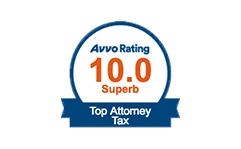
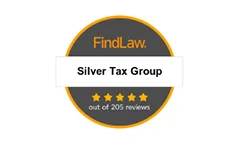
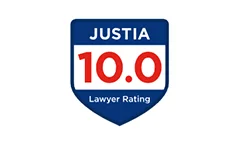
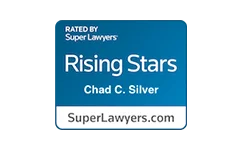
Free Consultation 24/7
Chad Silver
Attorney

Silver Tax Group Locations


777 South Flagler Drive
Suite 800 – West Tower
West Palm Beach FL 33401

4005 Guadalupe St
Suite C
Austin, TX 78751


